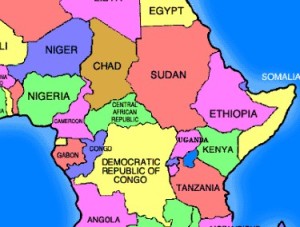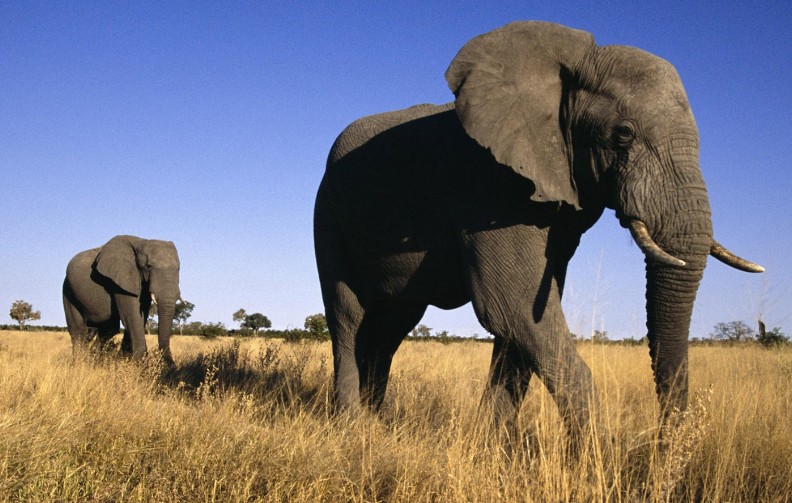At least 20,000 African elephants were poached last year–hunted for their tusks, which are still in high demand on the Asian ivory market. The statistics were published last Friday the Secretariat of the Convention on International Trade in Endangered Species of Wild Fauna and Flora (CITES), a group which observes 35,000 world species, including 30-40 percent of all elephant populations.
There has also been an increase in large seizures of ivory–over 500 kg–mainly in Kenya, Tanzania and Uganda, which account for 80 percent of the seizures reported by CITES.
John E. Scanlon, Secretary-General of CITES, commented on the trend, “Africa’s elephants continue to face an immediate threat to their survival from high-levels of poaching for their ivory and with over 20,000 elephants illegally killed last year the situation remains dire. Due to the collective efforts of so many, we also see some encouraging signals, but experience shows that poaching trends can shift dramatically and quickly, especially when transnational organized crime is involved.”
CITES monitors sites where poaching is taking place. Sites where poaching is increasing include Dzanga Sangha (Central African Republic). In Zakouma National Park (Chad) poaching is declining.
Besides Kenya, Tanzania and Uganda, five other countries have been implicated by CITES: China, Malaysia, the Philippines, Thailand and Vietnam. These are the main origin, transit and destination locations for the trade.
The rates of killing are far higher than elephant repopulation rates, and the species are declining across Africa.
Poaching is thought to continue in such high levels due to poverty and weak governance, coupled with demand for the illegal commodity.
On July 7-11, the CITES Standing Committee will meet to discuss the figures in Geneva. The Monitoring Illegal Killing in Elephants (MIKE) program and the Elephant Trade Information System (ETIS) will also participate.
CITES collects data for 35,000 species around the globe. The data comes from law enforcement patrols and others who collect such information. CITES monitors 30-40 percent of the entire elephant population.
By Sid Douglas
Convention on International Trade in Endangered Species of Wild Fauna and Flora
